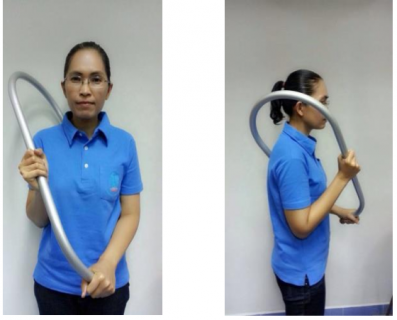Summary of the clinical trial results and safety for NSAIDS
While massage has been shown to very safe and moderately effective the clinical trial results and other scientific evidence shows that at best NSAIDS only give a small amount to short term relief, while being responsible for hundreds of thousands of deaths and hospitalisations. Details follow:
Clinical trial results
According to the reviews of the clinical trials of the use of NSAIDS for back pain the results range from very small and not clinically significant, to small to moderate short term relief (1,6,7).
Safety of NSAIDS
As well as there being practically no evidence of being effective NSAIDS have a horrendous record of causing serious medical side effects and death. Let’s look at look at what NSAIDS do.
- NSAIDS are responsible for 100,000 hospitisations a year. The medical cost of treating NSAID side effects is $4 billion per year. 16,500 people die each year from these side effects. (8)
- According to the USA FDA, 2-4% of those taking NSAIDS for a year will develop a symptomatic ulcer which may be life threatening. (9)
- 1-2% of NSAIDS users will become hospitalised, and the annual death rate is 0.08-0.22% (9)
- 50% of those taking NSAIDS will develop mucosal lesions which cause bleeding, ulcers and perforations. Patients can eventually die from these complications. (10)
- the newer “safer” NSAIDS are killing people too (11)
Why ulcers caused by NSAIDS are so dangerous
NSAIDS cause bleeding ulcers in your digestive tract. The big problem is that while if you have a bleeding ulcer in your skin you can see the blood, but if a gastro intestinal ulcer bleeds the blood stays inside you and is digested, so you do not see it. Often the first sign is that you are either dead or being rushed to the emergency room.
Several of the reviews of NSAIDS recommend that to improve safety doctors be diligent in assessing patients receiving NSAIDS (12,13). However, a doctor will only realise if you have bleeding ulcers if they do invasive scopes or notice you are becoming anaemic. Despite the encouragement for doctors to be vigilant the facts speak for themselves.










